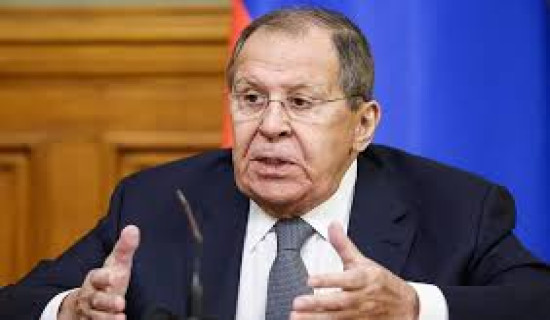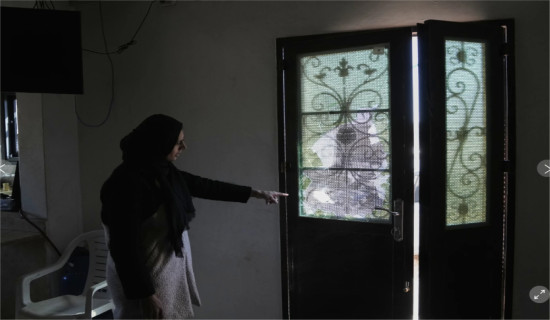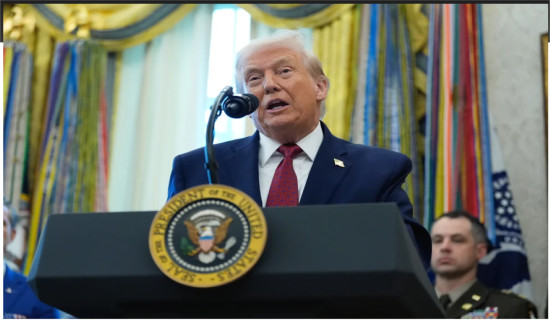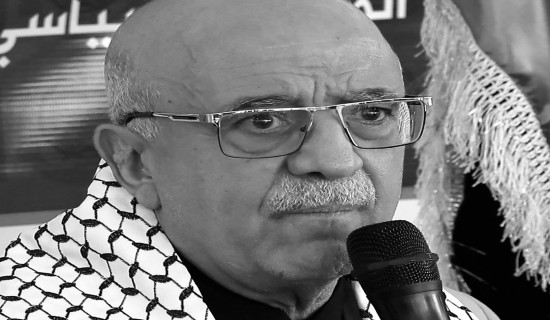- Monday, 29 December 2025
Russian disinformation spreading in new ways despite bans
By DAVID KLEPPER
WASHINGTON, Aug 9 : After Russia invaded Ukraine last February, the European Union moved to block RT and Sputnik, two of the Kremlin’s top channels for spreading propaganda and misinformation about the war.
Nearly six months later, the number of sites pushing that same content has exploded as Russia found ways to evade the ban. They’ve rebranded their work to disguise it. They’ve shifted some propaganda duties to diplomats. And they’ve cut and pasted much of the content on new websites — ones that until now had no obvious ties to Russia.
NewsGuard, a New York-based firm that studies and tracks online misinformation, has now identified 250 websites actively spreading Russian disinformation about the war, with dozens of new ones added in recent months.
Claims on these sites include allegations that Ukraine’s army has staged some deadly Russian attacks to curry global support, that Ukrainian President Volodymyr Zelenskyy is faking public appearances, or that Ukrainian refugees are committing crimes in Germany and Poland.
Some of the sites pose as independent think tanks or news outlets. About half are in the English language, while others are in French, German or Italian. Many were set up long before the war and were not obviously tied to the Russian government until they suddenly began parroting Kremlin talking points.“They may be establishing sleeper sites,” said NewsGuard co-CEO Gordon Crovitz.
Sleeper sites are websites created for a disinformation campaign that lay largely dormant, slowly building an audience through innocuous or unrelated posts, and then switching to propaganda or disinformation at an appointed time.
While NewsGuard’s analysis found that much of the disinformation about the war in Ukraine is coming from Russia, it did find instances of false claims with a pro-Ukrainian bent. They included claims about a hotshot fighter ace known as the Ghost of Kyiv that officials later admitted was a myth.
YouTube, TikTok, and Meta, which owns Facebook and Instagram, all pledged to remove RT and Sputnik from their platforms within the European Union. But researchers have found that in some cases all Russia had to do to evade the ban was to post it from a different account.
The Disinformation Situation Center, a Europe-based coalition of disinformation researchers, found that some RT video content was showing up on social media under a new brand name and logo. In the case of some video footage, the RT brand was simply removed from the video and reposted on a new YouTube channel not covered by the EU’s ban.
More aggressive content moderation of social media could make it harder for Russia to circumvent the ban, according to Felix Karate, a senior adviser at Reset, a U.K.-based nonprofit that has funded the Disinformation Situation Center’s work and is critical of social media’s role in democratic discourse.
“Rather than putting effective content moderation systems in place, they are playing whack-a-mole with the Kremlin’s disinformation apparatus,” Karate said.
YouTube’s parent company did not immediately respond to questions seeking comment about the ban.In the EU, officials are trying to shore up their defenses. This spring the EU approved legislation that would require tech companies to do more to root out disinformation. Companies that fail could face big fines.
European Commission Vice President Vera Jourova last month called disinformation “a growing problem in the EU, and we really have to take stronger measures.”
The proliferation of sites spreading disinformation about the war in Ukraine shows that Russia had a plan in case governments or tech companies tried to restrict RT and Sputnik. That means Western leaders and tech companies will have to do more than shutter one or two websites if they hope to stop the flow of Kremlin disinformation.

.jpeg)












-(1)-original-thumb.jpg)
-original-thumb.jpg)
-original-thumb.jpg)
